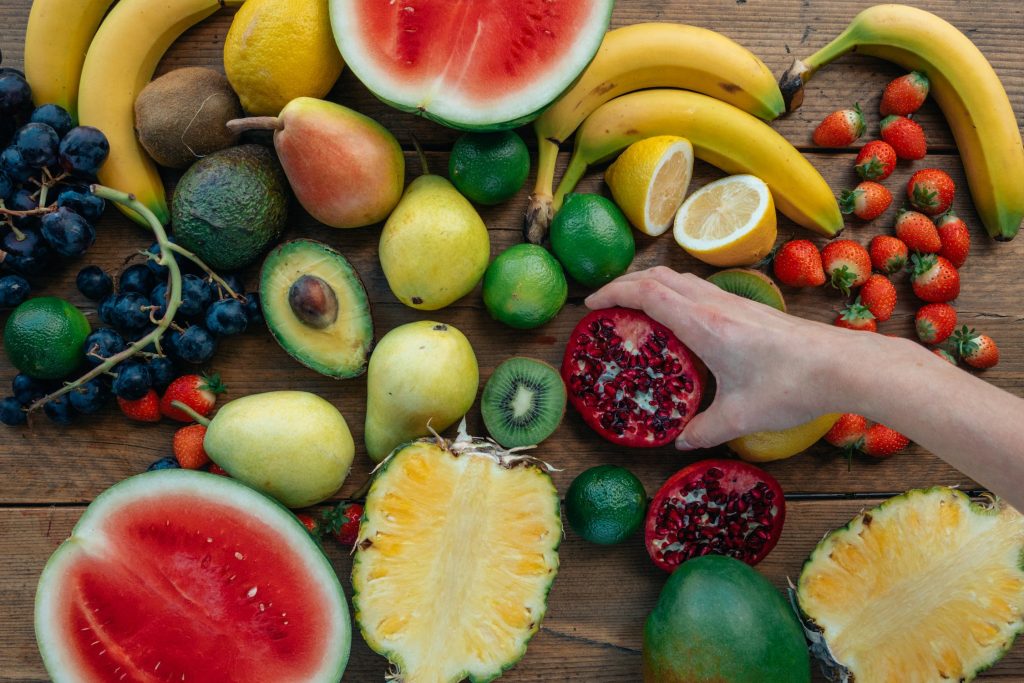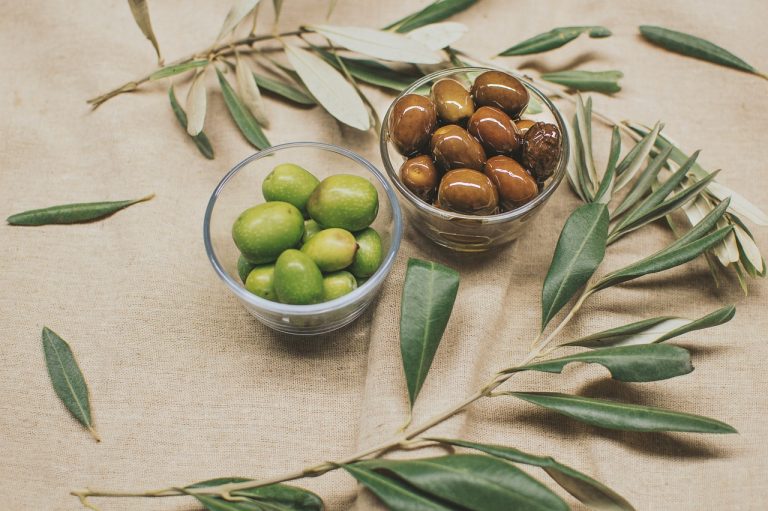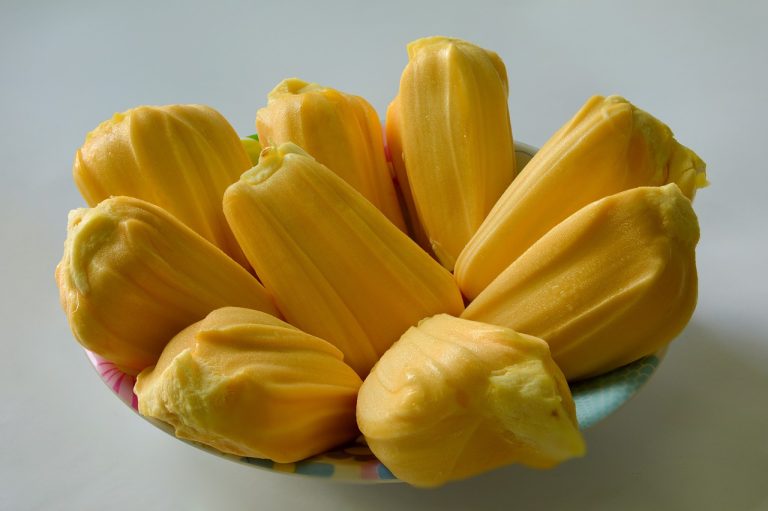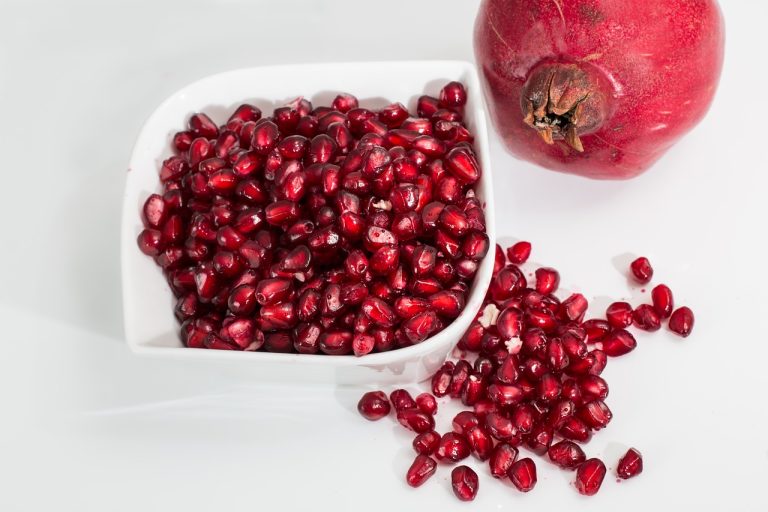Is Kiwi Low FODMAP? Read Before You Eat!
If you’re adhering to a low FODMAP diet to manage gastrointestinal issues, you might be wondering whether kiwi is a safe food choice or not.
The good news is, kiwi can be included in your low FODMAP meal plan as it is low in FODMAPs in recommended portion sizes. In fact, consuming kiwi regularly could even help improve your digestion, as it has been known to alleviate constipation.
However, you should know exactly how much kiwi to add to your daily diet so you can maintain proper FODMAP intake. That is what this article is about!
Is Kiwi Low FODMAP?

Yes, kiwis are not only low FODMAP but they also offer several health benefits thanks to their rich nutritional profile. They are an excellent source of vitamin C, vitamin K, and dietary fiber, making them a great addition to your diet.
Let us understand FODMAPs and what a low-FODMAP diet entails.
Understanding FODMAPs
What Are FODMAPs? What Are Their Effects?
FODMAPs are short-chain carbohydrates that can resist digestion and are poorly absorbed by the body. They stand for fermentable oligosaccharides, disaccharides, monosaccharides, and polyols.
These molecules are found in various foods and can cause digestive symptoms such as gas, bloating, and abdominal pain in some individuals, particularly those with irritable bowel syndrome (IBS).
What Does a Low-FODMAP Diet Entail?
A low FODMAP diet involves eliminating high-FODMAP foods for a period, followed by a gradual reintroduction to identify which foods cause symptoms. This can help those with IBS and other digestive issues reduce their discomfort and improve their quality of life.
Why is Kiwi Low-FODMAP?
Kiwi is a great addition to a healthy diet because it is packed with nutrients and fiber. Good news for those following a low FODMAP diet – kiwi is considered low FODMAP in appropriate serving sizes.
According to Monash University, a low FODMAP serving size of kiwi is 2 small kiwis or 150g.
Kiwi fruit has been tested for its FODMAP content, and it has been found to be low in overall FODMAPs. However, it does contain small amounts of certain FODMAPs, such as oligosaccharides (fructans), which can be a concern for some individuals with IBS. Therefore, it’s essential to monitor your own tolerance and consumption.
Kiwi Serving Size and FODMAP Content
As mentioned above, Monash University suggests a serving of 2 small peeled standard-sized kiwi (150g), making them safe to consume for individuals following a low FODMAP diet.
It’s crucial to keep the portion sizes in check to avoid any potential digestive issues. If you’re still concerned about the FODMAP content of Kiwi, consult a dietitian or healthcare professional familiar with the low FODMAP diet.
Preparation Tips
Incorporating kiwi into your diet can be simple and enjoyable. Here are some tips to keep in mind:
- Limit yourself to 2 small kiwis per serving.
- Peel the fruit before consuming.
- Slice and use as a topping in yogurt, smoothie bowls, or salads.
- Blend with other low-FODMAP fruits for a delicious smoothie.
Nutritional Benefits of Kiwi
Some health benefits of kiwi include its rich vitamin C content, aiding digestion due to the presence of the enzyme actinidin, and being a good source of antioxidants and dietary fiber.
In terms of nutrition value, kiwi is an excellent source of:
- Vitamin C
- Vitamin K
- Vitamin E
- Potassium
- Folates
- Dietary fiber
Nutrition Values
One standard-sized kiwi contains approximately:
- 61 calories
- 1.14 grams of protein
- 0.52 grams of fat
- 14.66 grams of carbohydrates
- 2.1 grams of fiber
Also Read: Is Cinnamon Low FODMAP?
Other Low-FODMAP Fruits

If you’re looking to add variety to your low FODMAP diet and enjoy fruits similar to kiwi, here are some alternatives:
- Blueberries
- Grapes
- Pineapple
- Strawberries
- Raspberries
- Pineapple
- Mandarin oranges
- Lemons and limes (including juice)
- Cucumbers
- Bell peppers
- Carrots
Remember to maintain a friendly tone while sharing information with your readers, and always be mindful of portion sizes and preparation tips to keep the diet enjoyable and symptom-free.
How To Implement A Low FODMAP Diet?

The diet is usually implemented in a three-step process.
Step 1
First, people following the diet will remove high-FODMAP foods from their meals for a period of time, usually a few weeks. This helps to reduce the symptoms and allows the gut to heal.
Step 2
Next, they will gradually reintroduce the restricted foods back into their diet, one at a time. This is done to identify which specific foods cause symptoms, allowing individuals to determine their personal tolerance level.
Step 3
Finally, they can maintain a modified diet based on their findings – avoiding or limiting the high FODMAP foods that cause discomfort while still enjoying a balanced and varied diet.
Be Mindful of Portion Sizes
When selecting foods for a Low FODMAP diet, it is essential to consider portion sizes and preparation techniques.
Some foods, like fruits and vegetables, might be tolerable in small amounts, while larger servings may trigger symptoms. Additionally, the way certain foods are prepared, such as cooking, can impact their FODMAP content, making them easier to digest.
Benefits of a Low-FODMAP Diet
Eating a Low FODMAP diet can also provide numerous health benefits, especially for those with sensitive digestive systems. These include improved digestion, reduced bloating, and relief from IBS symptoms, among other improvements in overall well-being,
Frequently Asked Questions
Is kiwi safe for IBS?
Yes, kiwi is considered safe for people with IBS when consumed in moderation. You can limit your intake to 2 small, or one large, green kiwi fruits per meal for suitable low FODMAP intake.
Which low FODMAP fruits can I eat?
Some low FODMAP fruits include bananas, blueberries, grapes, oranges, pineapple, and strawberries.
Keep in mind that portion sizes and ripeness can influence FODMAP levels. You can find a more extensive list of low-FODMAP foods on the Monash University website.
Are oranges and strawberries low- FODMAP?
Yes, oranges and strawberries are considered low-FODMAP fruits. Remember to consume them in appropriate portion sizes to avoid triggering IBS symptoms.
How does kiwi help with constipation?
Kiwi has been found to help with constipation by promoting bulkier, softer, and more frequent stools. One study showed that daily consumption of green kiwifruit led to improvements in bowel movements, particularly in elderly individuals without IBS.
Is guava a low-FODMAP fruit?
Guava can be considered a low-FODMAP fruit when eaten in small portions. One small guava (approximately 50g) is low FODMAP. However, it’s essential to monitor your intake to avoid triggering IBS symptoms.
What fruits should be avoided on FODMAP?
Some examples of high-FODMAP fruits to avoid include apples, apricots, cherries, mangoes, pears, and plums. It’s crucial to remember that individual tolerance levels might vary, and it’s essential to determine your personal triggers when following a low FODMAP diet.
Key Takeaways – Is Kiwi Low FODMAP?
Yes, kiwi fruit is generally considered low-FODMAP in moderate serving sizes. FODMAPs (Fermentable Oligosaccharides, Disaccharides, Monosaccharides, and Polyols) are certain types of carbohydrates that can be difficult to digest for some people, particularly those with irritable bowel syndrome (IBS) or other digestive sensitivities.
A typical serving size of kiwi is one medium or two-small-sized fruit, which should be well-tolerated by most people on a low-FODMAP diet. However, individual tolerance can vary, so it’s always a good idea to start with a smaller portion and assess how your body responds.

Jane Porter is an architect that like many others, had her life significantly impacted by digestive problems for many year. Trying to find a solution to her digestive problem, she came across the low FODMAP diet, a scientifically-backed approach designed to alleviate symptoms associated with irritable bowel syndrome (IBS) and other digestive disorders.







